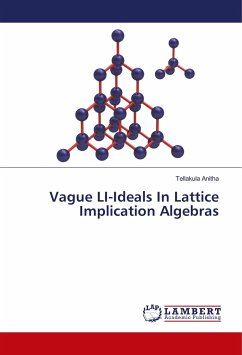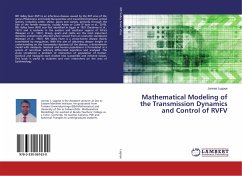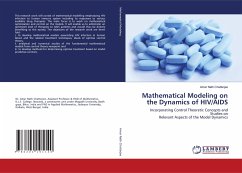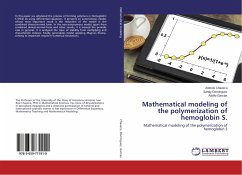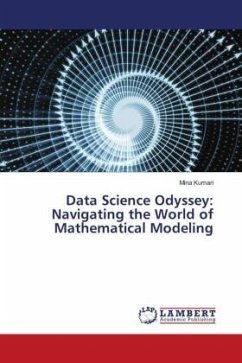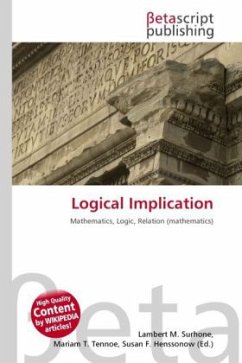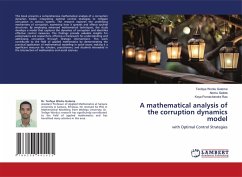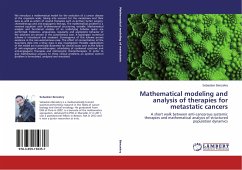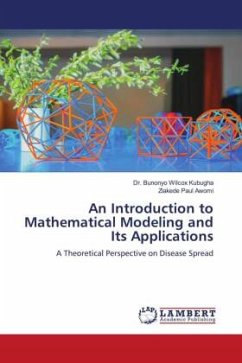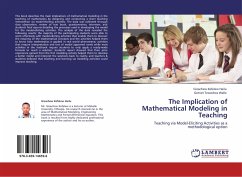
The Implication of Mathematical Modeling in Teaching
Teaching via Model-Eliciting Activities as a methodological option
Versandkostenfrei!
Versandfertig in 6-10 Tagen
32,99 €
inkl. MwSt.

PAYBACK Punkte
16 °P sammeln!
This book describes the main implications of mathematical modeling in the teaching of mathematics by designing and conducting a short teaching intervention via model-eliciting activities. The data was collected through class observation, review of text book, questionnaires, interview, and students' final reports detailing the processes used in developing the model for the model-eliciting activities. The analysis of the data revealed the following results: the majority of the participating students were able to work effectively with model-eliciting activities that enable them to discover the me...
This book describes the main implications of mathematical modeling in the teaching of mathematics by designing and conducting a short teaching intervention via model-eliciting activities. The data was collected through class observation, review of text book, questionnaires, interview, and students' final reports detailing the processes used in developing the model for the model-eliciting activities. The analysis of the data revealed the following results: the majority of the participating students were able to work effectively with model-eliciting activities that enable them to discover the meaning of the mathematical concepts and the activities helped them to know how mathematics is applied in real world phenomena; activities that require interpretation and test of model appeared rarely while most activities in the textbook require students to only apply a ready-made formula to reach a solution; students' report showed that their prior experience gained from the first modeling activity helped them to develop a better model and interpret the solutions back to reality; and teachers & students believed that teaching and learning via modeling activities could improve teaching.



